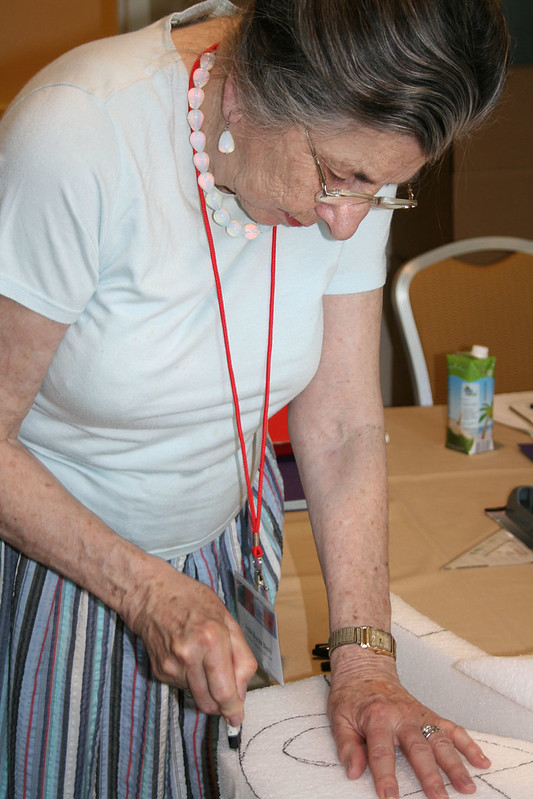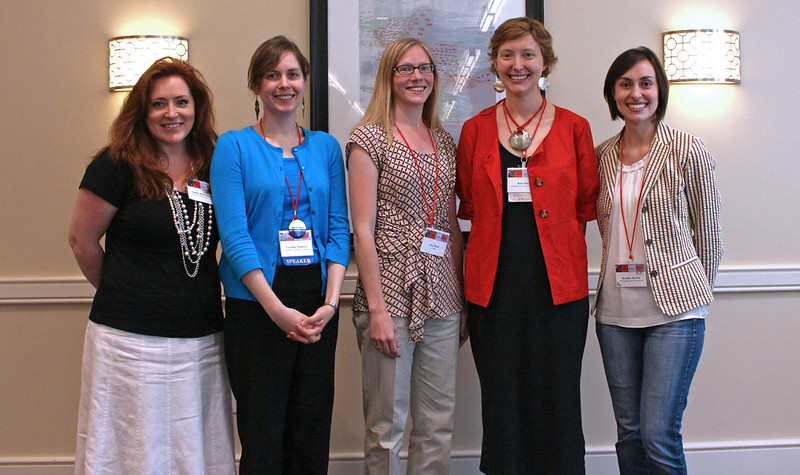Emanuel LoRraine, PACKED, Brussels
Joint project with Netherlands Institute for Media Art, supported by the Ministry of the Flemish Community.
Goals of this project include the identification of people who could help with the equipment, find spare equipment, create inventory of people who could transfer old media, collect guidelines and make a useful model for dealing with electronic equipment in art collections. Interviewed manufacturers, technicians and transfer services, AV archives, TV channels, conservators, media art centers, and computer gaming associations. Found that literature was limited and hard to access. Gathered a lot of info from the interviews, found an overall importance placed on common sense.
The most important first step is to achieve the best possible storage conditions. Storage should have good piping and controlled atmosphere, and protection against fire and theft. These points may seem elementary, but they are the first defense in avoidable damage. Generally found that the professionals interviewed recommend 0-40 degree temperature (Celsius) for storage, and they often recommended different temperatures for storage than for exhibition. Some said store below 18 degrees to slow chemical deterioration. If the temp is over 40ish deterioration will accelerate, weaken spot welds, and deform many plastics. Humidity is also a factor in these processes. 20-80% RH is the range recommended by the people interviewed, but best if below 45%. If the humidity is low it can also encourage static discharge in the equipment. Cabinets can be used to control the RH. Sunlight should be strictly limited because it effects temperature, and fading and yellowing of plastic parts. Storage space should be regularly cleaned because dust and dirt will clog equipment. Smoke also has an adverse effect. Equipment should not be stored on the ground, but on raised shelves. Metal shelves are better than wood, and they should be quite stable. Equipment should not be stacked on shelves, not left plugged in, cables should be properly wound and stored. Batteries should be removed because they can leak acids and bases into the rest of the equipment. Batteries have about a one year life, any equipment that requires batteries and stores information should have the info backed up before the batteries are removed. Metal and plastic boxes are a good solution for storage. Sealing in a plastic bag is also an option. Dormancy is a problem so techs recommend turning the equipment on regularly to prevent breakdown. Range from once a month to once a year for about an hour, depending on the machine. Once a year or once every six months seems acceptable.
Misuse of equipment can be a serious problem, such a wrong voltage, dust exposure, use of spoiled cables, etc., and can ead to serious damage. Angle of tilt is also an important factor to be aware of. Strong contrast should not be used in CRT technology because it can cause image burn in. CRT monitors usually have failure of the tube, which can be replaced but replacement supplies are decreasing quickly.
The results of these interviews will be published in a forthcoming publication.
Questions: one useful source is the standards on the care of large and industrial collections written in 1994











